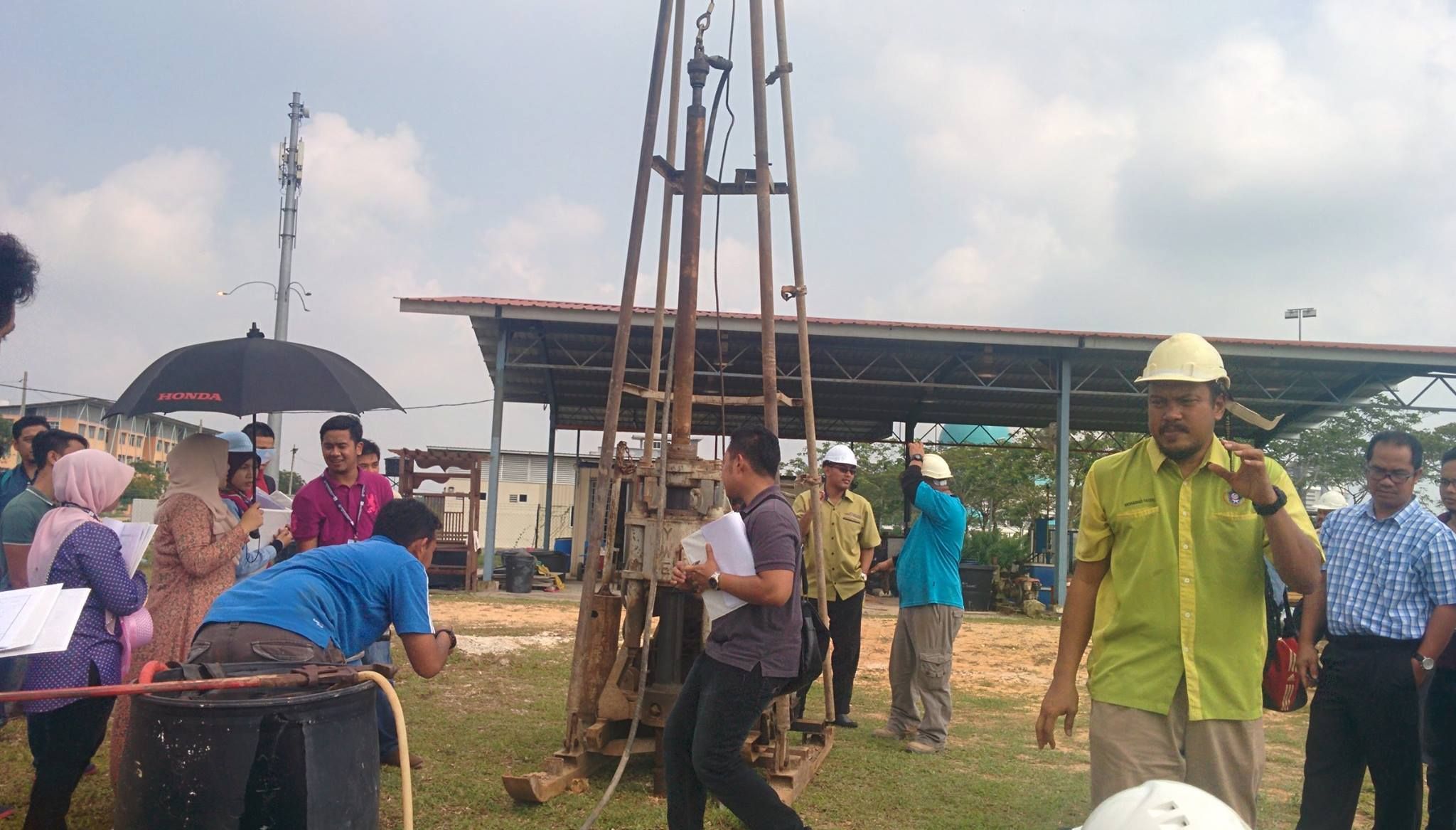SITE INVESTIGATION TRAINING
A site investigation simply is the process of the collection of information, the appraisal of data, assessment, and reporting without which the hazards in the ground beneath the site cannot be known.
The purpose of site investigation is to establish parameters for foundation and substructure design; and to assess the potential contamination risks to humans, property and the environment. The location and potential fluctuation of the water table is the key factor effecting basement design and construction. High water tables present the greatest risk for a basement and must therefore be identified at an early stage in the design. A watercourse or water table that rises and falls, and the potential for a perched water table, must also be identified.
A high water table refers to, by definition, groundwater level consistently above the level of the basement floor. A permanently low water table involves a water table consistently below the level of the basement floor. A variable water table refers to levels varying between the two extremes. The installation of drainage systems can artificially lower the water table but is not always beneficial due to potential detrimental effects on neighbouring properties. The shape and orientation of a building should be considered because of the potential to dam the flow of ground water and the resultant build up of hydrostatic pressure. If unavoidable, additional subground drainage may need to be provided to discharge the water elsewhere. The form of construction of a basement and its cost will be influenced by the proximity of its walls to existing boundaries and adjacent buildings. The installation of external waterproofing and insulation, for example, requires sufficient space around the outside of the basement walls to provide a safe working area and may require temporary shoring.
For new build constructions in tight - usually urban - plots, permanent underpinning of adjacent boundary walls or properties can allow valuable additional basement floor areas, but is expensive. An alternative is to install sheet piling to contain the ground supporting the structure while the new basement is under construction.
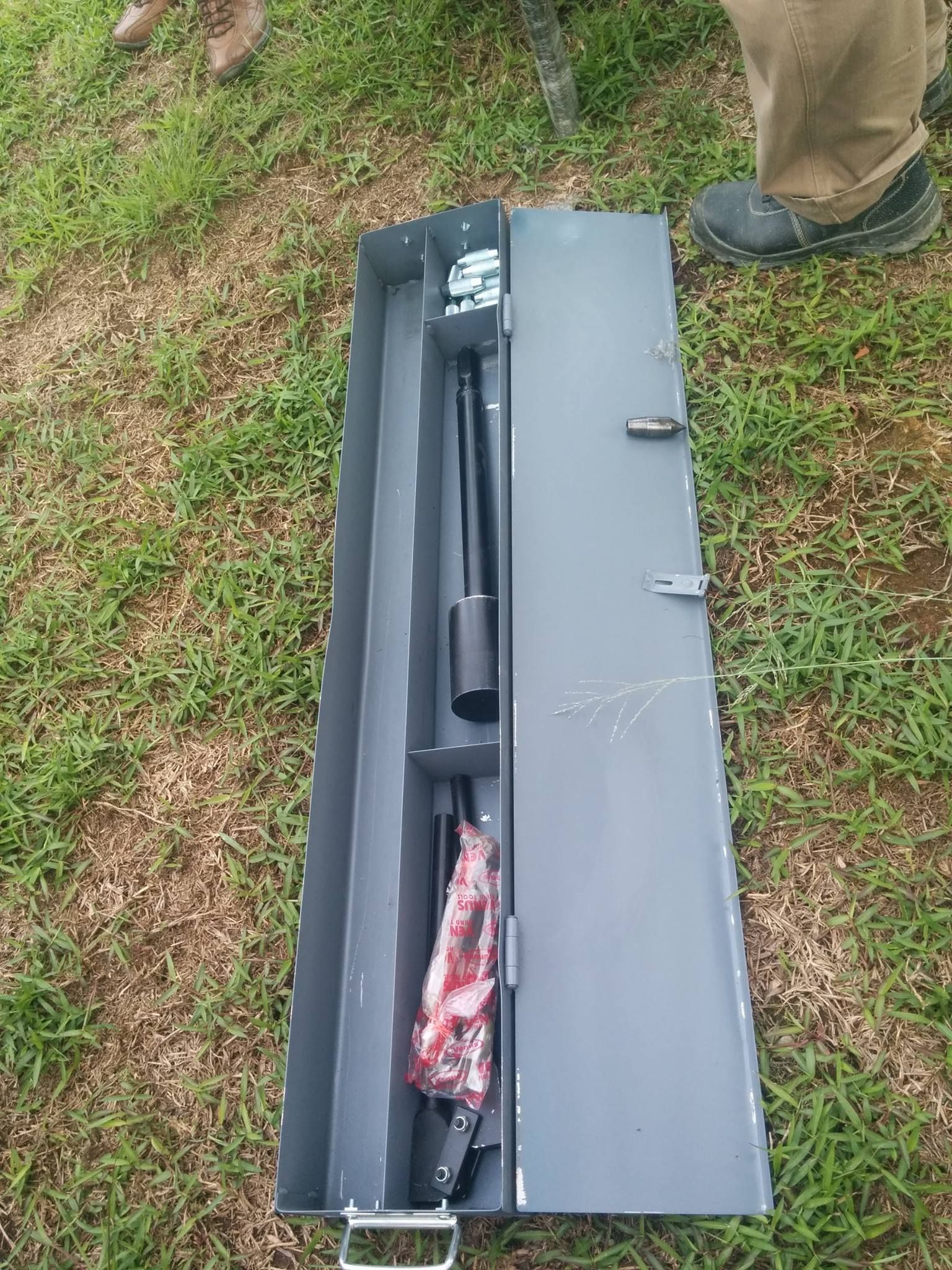
1006
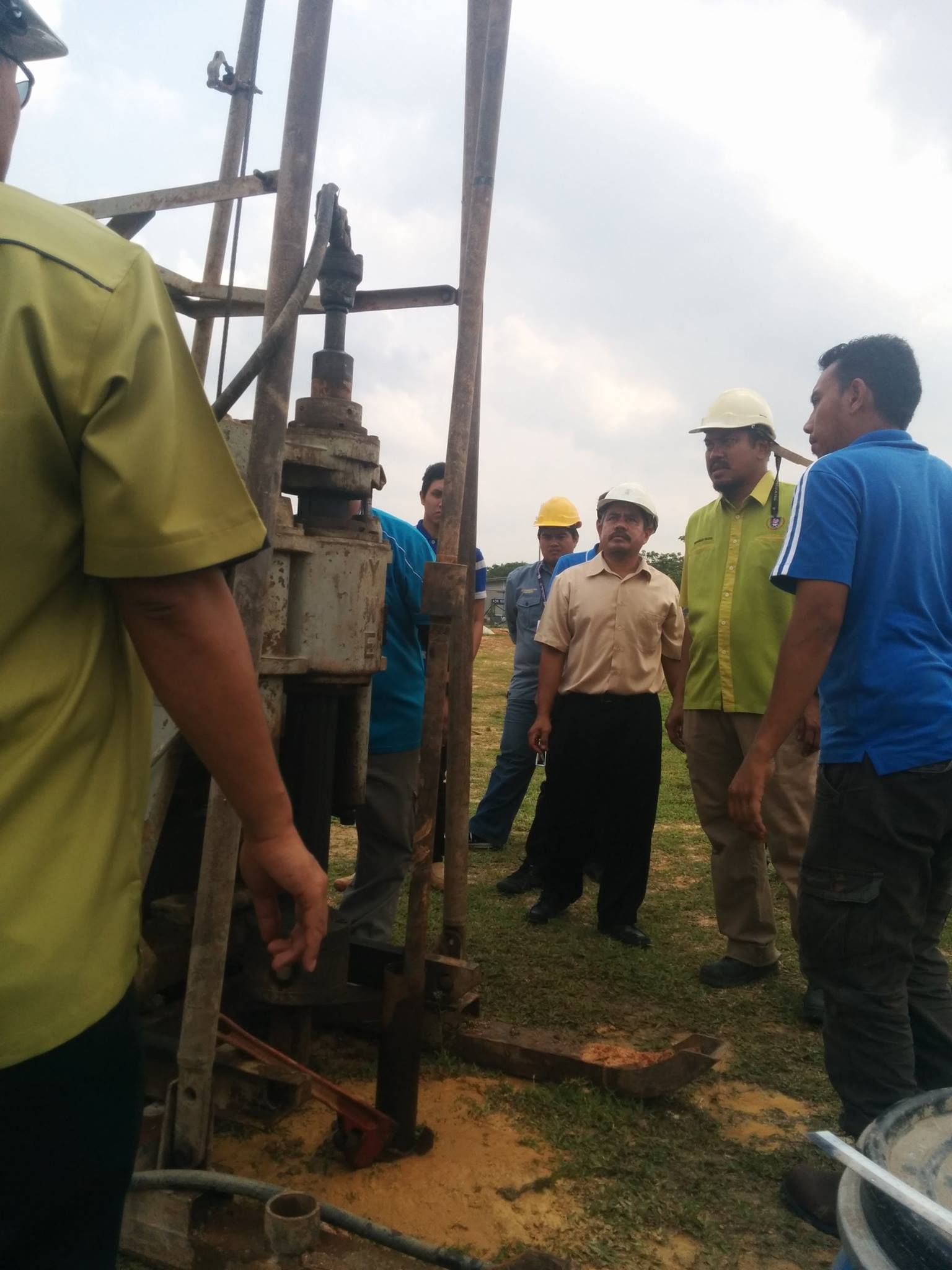
1004
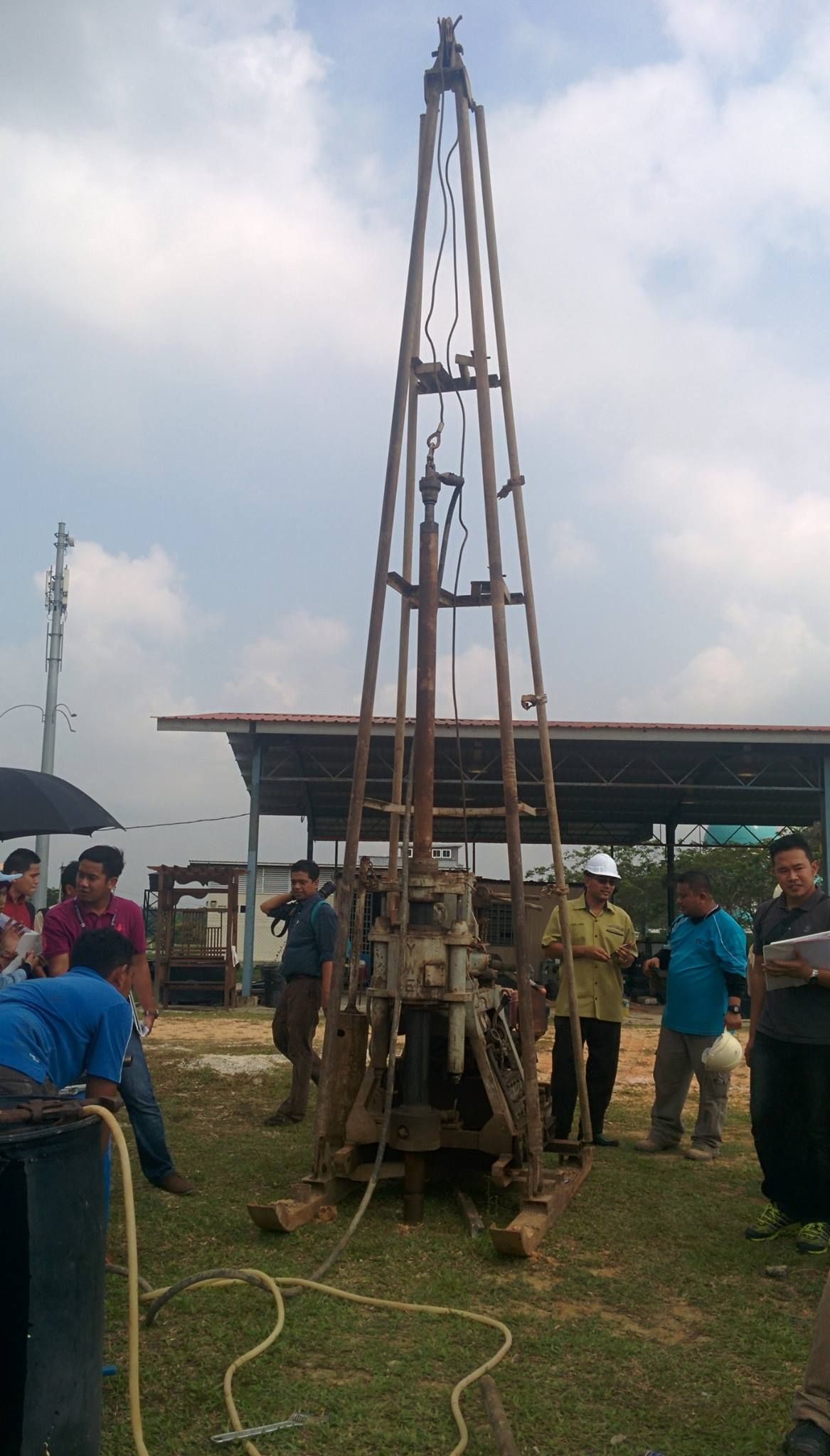
1000
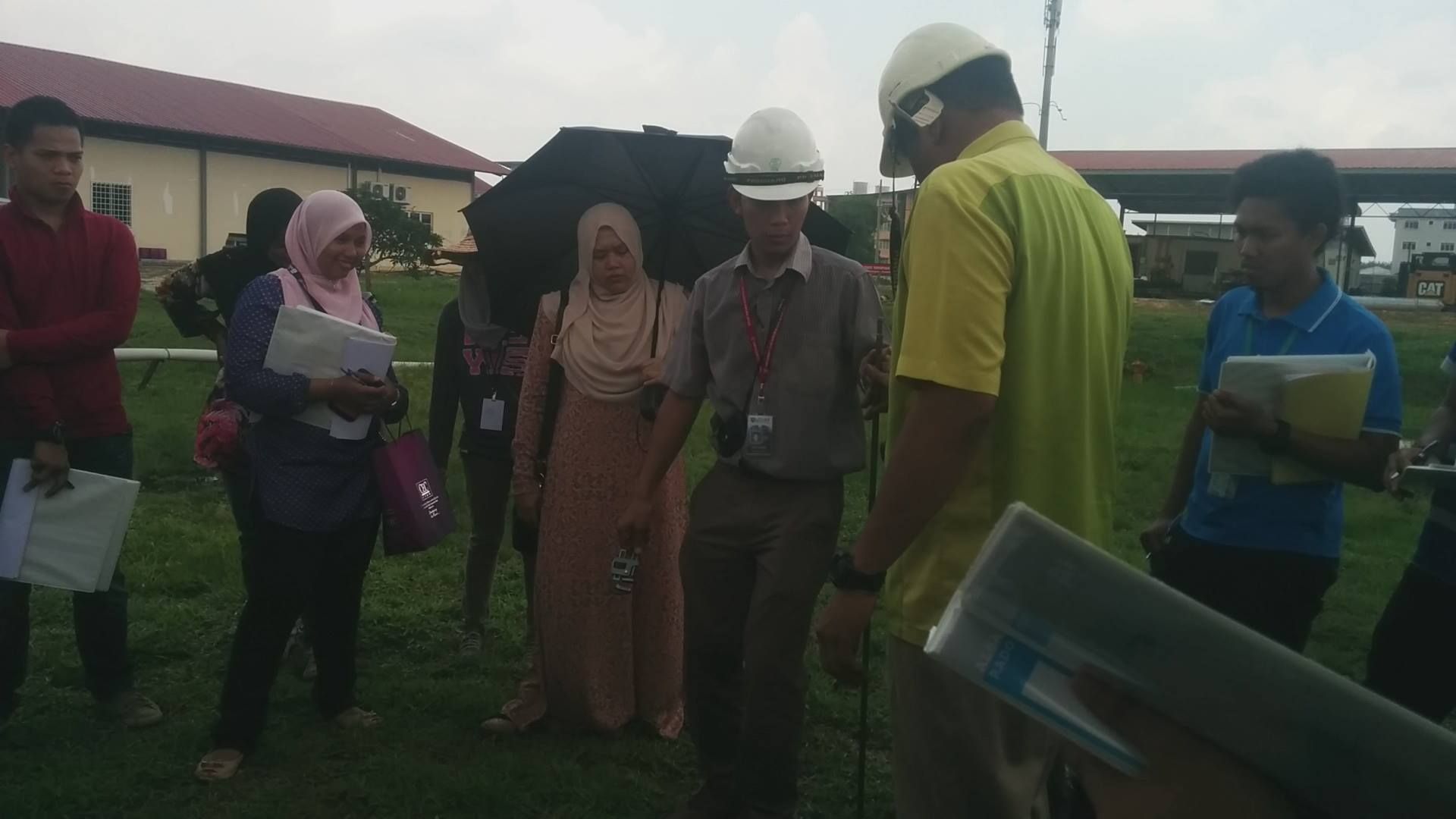
1007
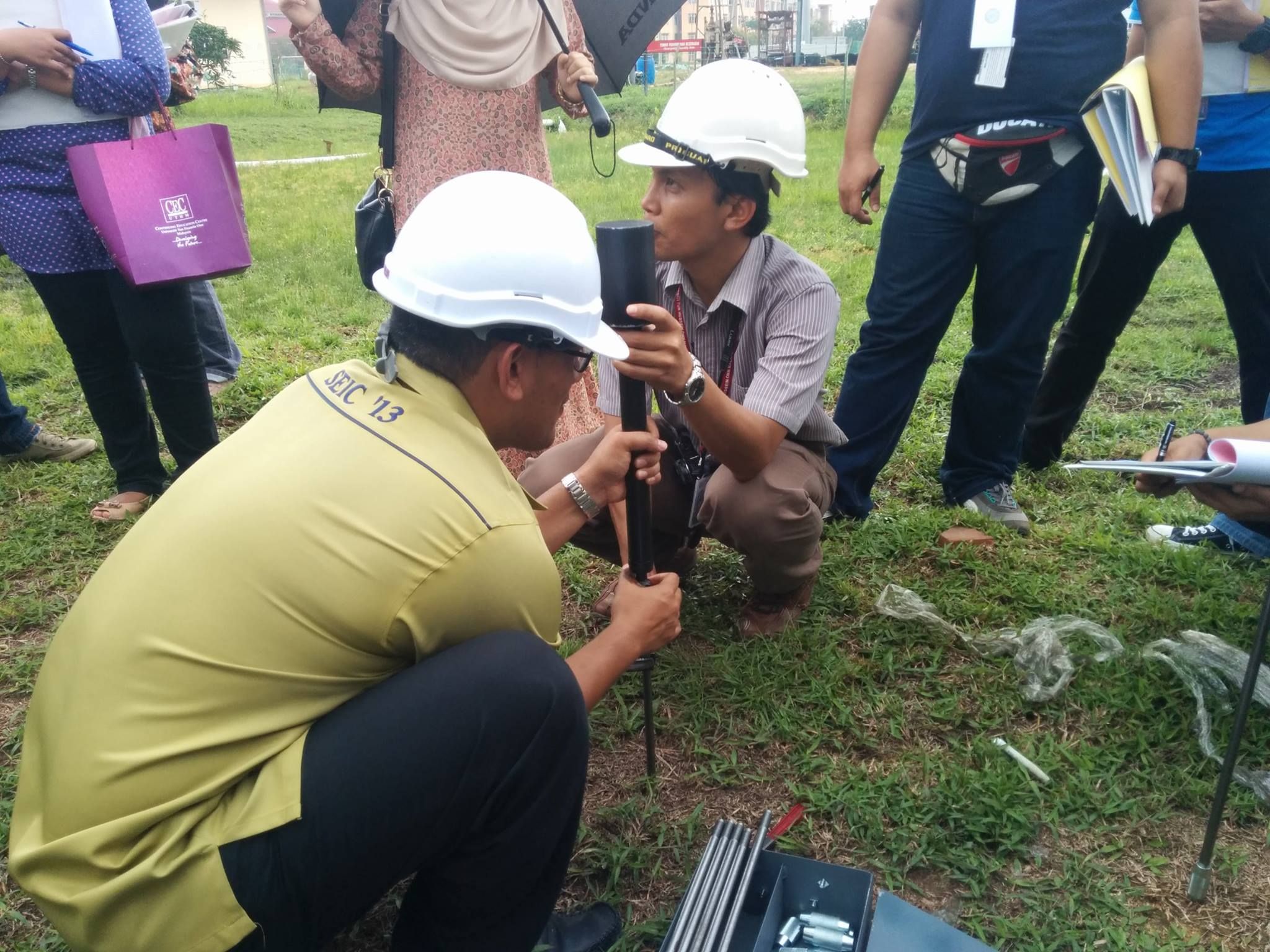
1008
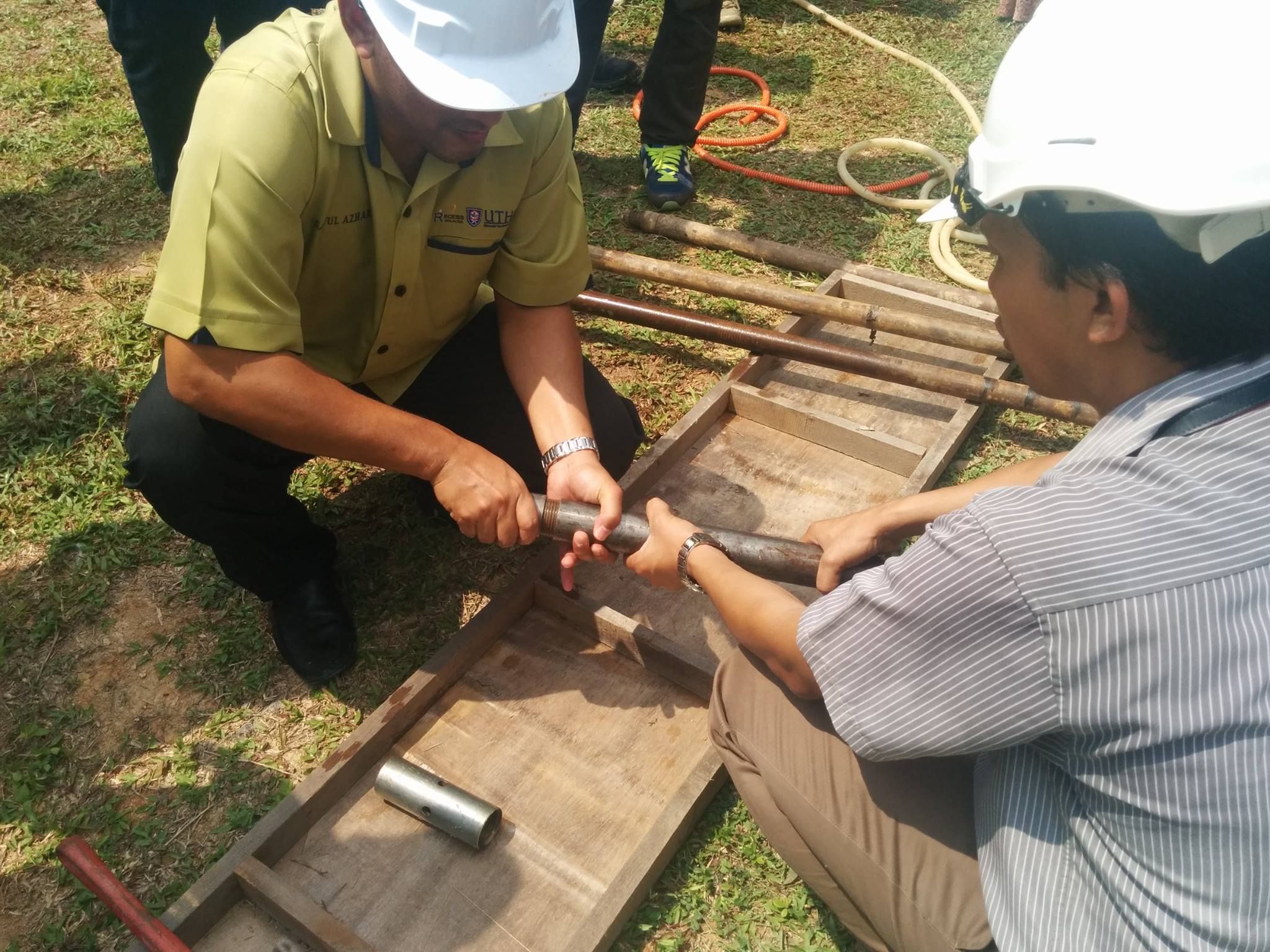
1005
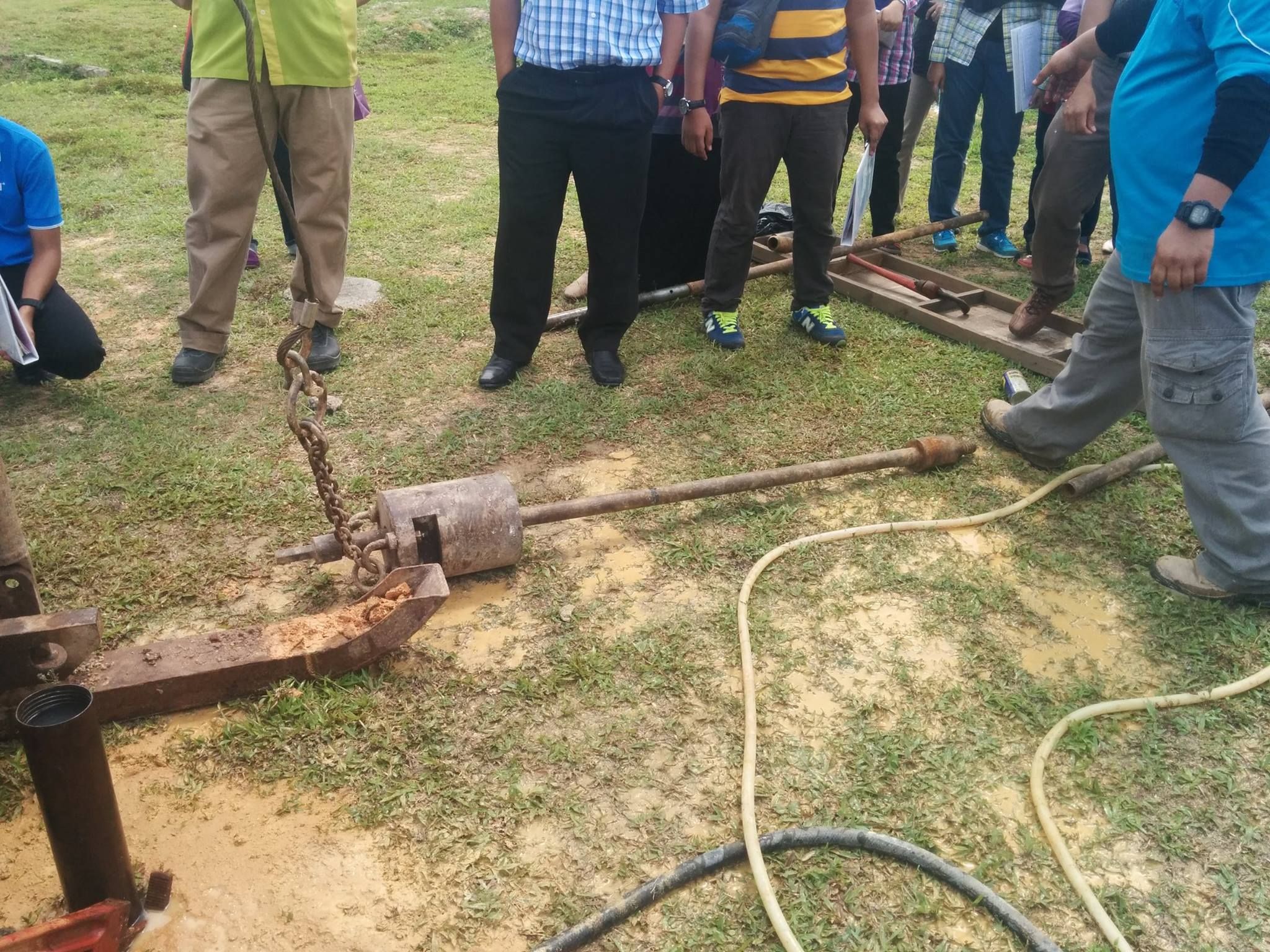
1003
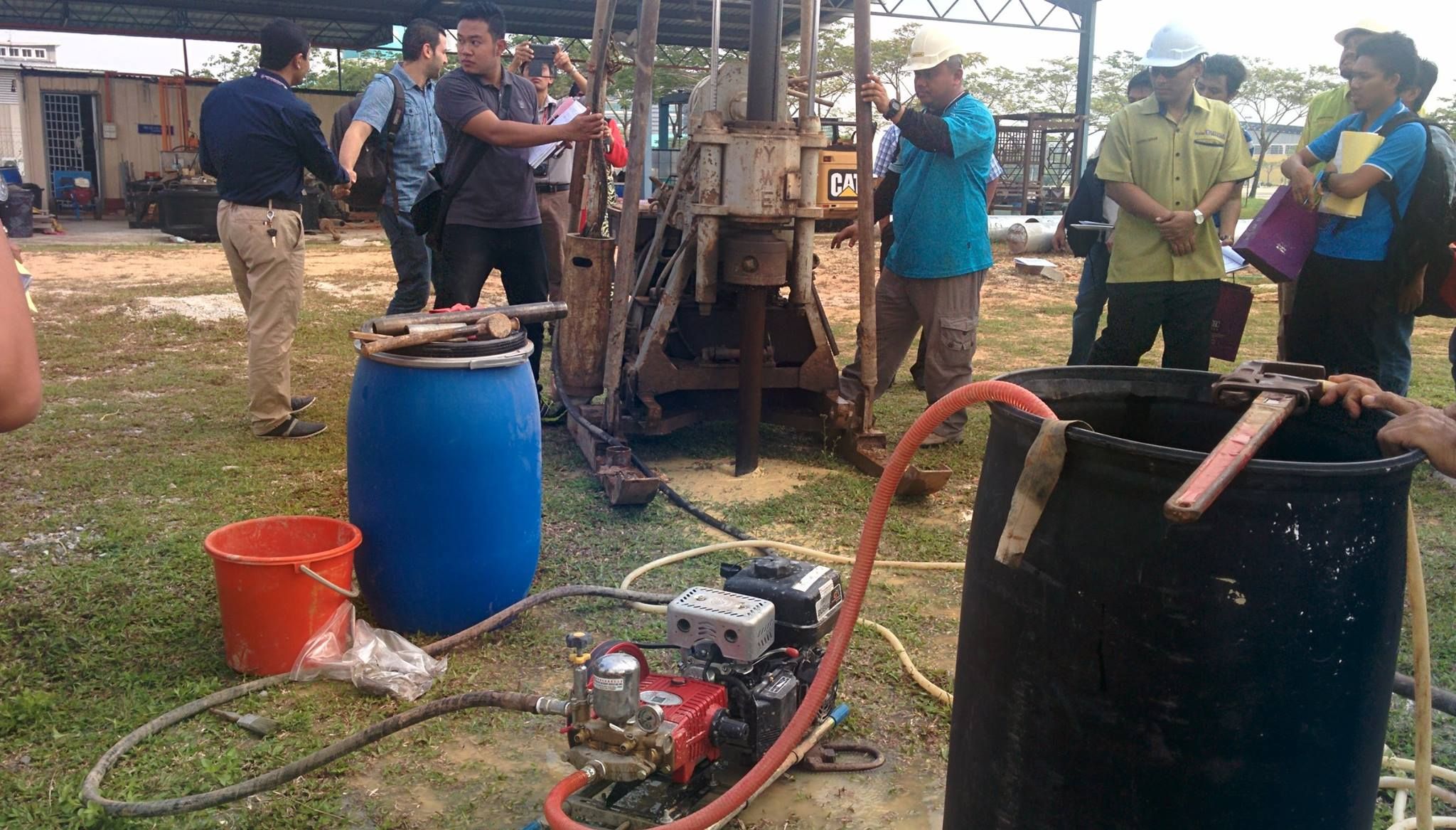
1002
